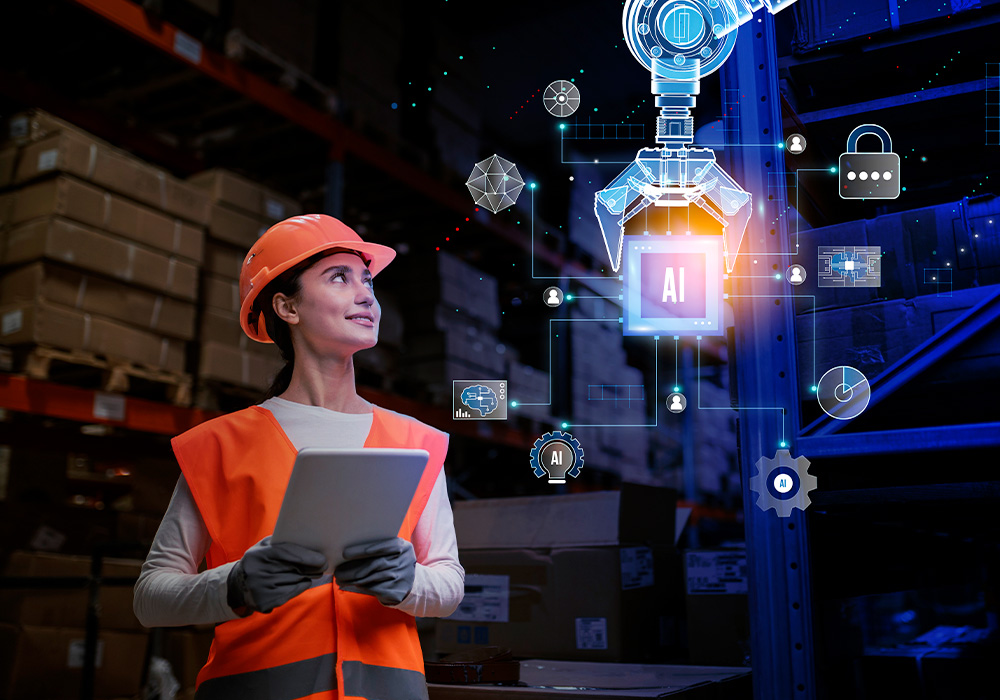
In the domain of engineering, the efficiency and reliability of machinery are paramount. Any breakdown or failure in gears, crucial components in countless mechanical systems, can result in costly downtime and potential safety hazards. However, with the advent of Artificial Intelligence (AI) and its application in gear maintenance, a new era of predictive maintenance has emerged. By harnessing the power of machine learning algorithms, engineers can now predict failures, monitor conditions in real-time, and optimise maintenance schedules, ensuring smoother operations and enhanced productivity.
In this article, you shall explore how the AI algorithm is transforming gear maintenance by predicting failures and optimising maintenance schedules.
Continue reading…..
Traditional maintenance approaches often rely on reactive or scheduled maintenance, where repairs or inspections are carried out either after a breakdown occurs or at predetermined intervals. However, these methods can be inefficient and costly, leading to unnecessary downtime and resource allocation. AI-driven predictive maintenance, on the other hand, leverages machine learning algorithms to analyse vast amounts of data collected from sensors embedded within the machinery.
Machine learning algorithms can detect patterns and anomalies in the data, enabling engineers to anticipate potential gear failures before they occur. By continuously monitoring parameters such as temperature, vibration, and lubrication levels, AI algorithms can identify early signs of deterioration or impending faults. This proactive approach not only minimises unplanned downtime but also extends the lifespan of gears by addressing issues before they escalate.
One of the key capabilities of AI in gear maintenance is fault detection and diagnosis. Machine learning algorithms are trained on historical data to recognise various fault signatures and deviations from normal operating conditions. These algorithms can detect subtle changes in gear behaviour that may indicate underlying issues such as wear, misalignment, or lubrication problems.
Moreover, AI-powered diagnostic systems can accurately pinpoint the root cause of a fault, providing engineers with actionable insights for troubleshooting and remediation. By quickly identifying and addressing the underlying issues, engineers can prevent catastrophic failures and minimise the impact on overall system performance.
In addition to predictive maintenance and fault detection, AI enables real-time condition monitoring of gears during operation. By continuously analysing sensor data in real-time, engineers can gain valuable insights into the health and performance of gears. This enables proactive decision-making, such as adjusting operating parameters or scheduling maintenance activities based on the current condition of the equipment.
Moreover, AI algorithms can optimise maintenance schedules by taking into account various factors such as equipment usage, environmental conditions, and historical performance data. By dynamically adjusting maintenance intervals based on actual operating conditions, engineers can maximise uptime and minimise maintenance costs without compromising reliability or safety.
While AI holds immense potential for transforming gear maintenance, several challenges must be addressed to realise its full benefits. One of the primary challenges is data quality and availability. To train accurate machine learning models, engineers need access to high-quality data collected from sensors and other monitoring devices. Additionally, ensuring the security and privacy of sensitive data remains a critical concern, especially in industries where confidentiality is paramount.
Furthermore, the complexity of mechanical systems and the variability of operating conditions present challenges for developing robust AI algorithms that can generalise across different environments and applications. Continued research and development are needed to enhance the robustness and reliability of AI-driven maintenance solutions.
Looking ahead, the future of gear maintenance lies in the integration of AI with other emerging technologies such as the Internet of Things (IoT) and digital twins. By combining AI-driven analytics with real-time sensor data and virtual simulations, engineers can gain a deeper understanding of gear behaviour and performance, enabling more precise predictions and proactive maintenance strategies.
The integration of Artificial Intelligence (AI) into gear maintenance marks a significant advancement in engineering practices. By shifting from reactive to predictive maintenance strategies, AI empowers engineers to anticipate and prevent gear failures, thereby minimising downtime and optimising productivity. Through fault detection, diagnosis, and real-time condition monitoring, AI algorithms offer actionable insights for proactive decision-making, ensuring the longevity and reliability of mechanical systems.
Despite the challenges of data quality and algorithm robustness, the potential of AI in gear maintenance is immense. Continued research and development efforts, coupled with advancements in complementary technologies like the Internet of Things (IoT) and digital twins, promise to further enhance the capabilities of AI-driven maintenance solutions
As we look towards the future, the seamless integration of AI with other emerging technologies holds the key to unlocking new possibilities in gear maintenance. By harnessing the collective power of data analytics, real-time monitoring, and virtual simulations, engineers can usher in a new era of precision maintenance, revolutionising the way we approach gear reliability and performance.